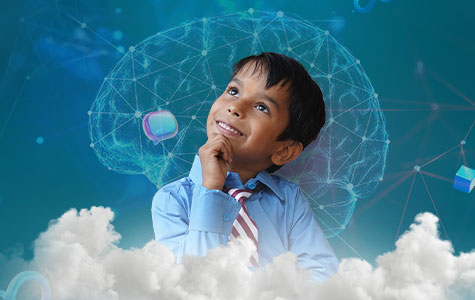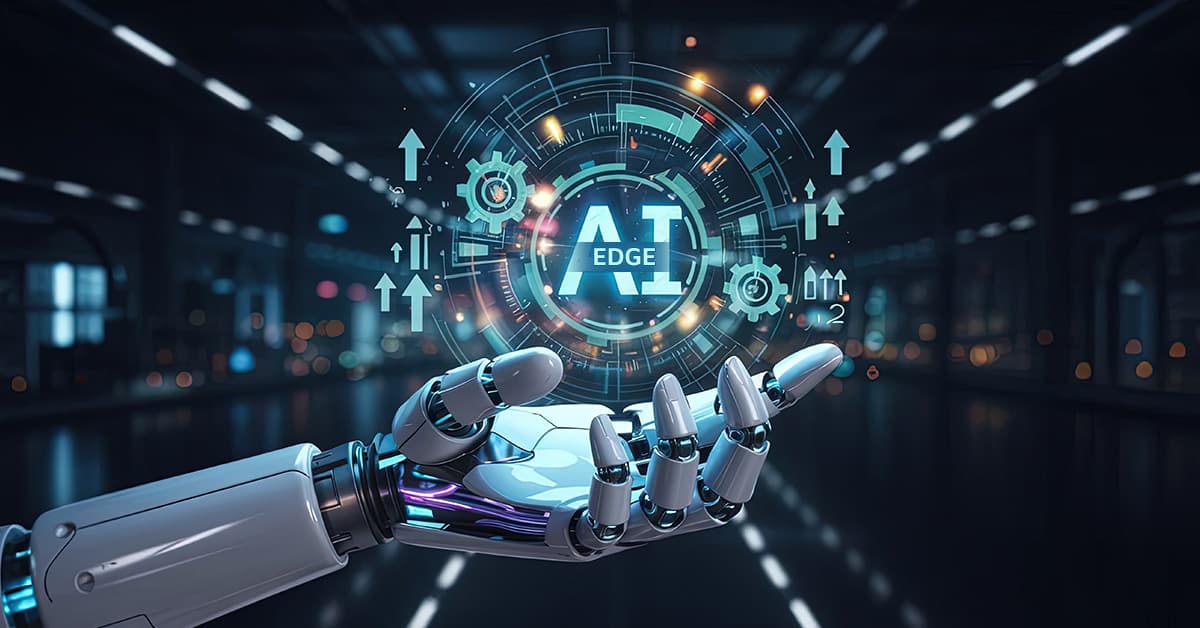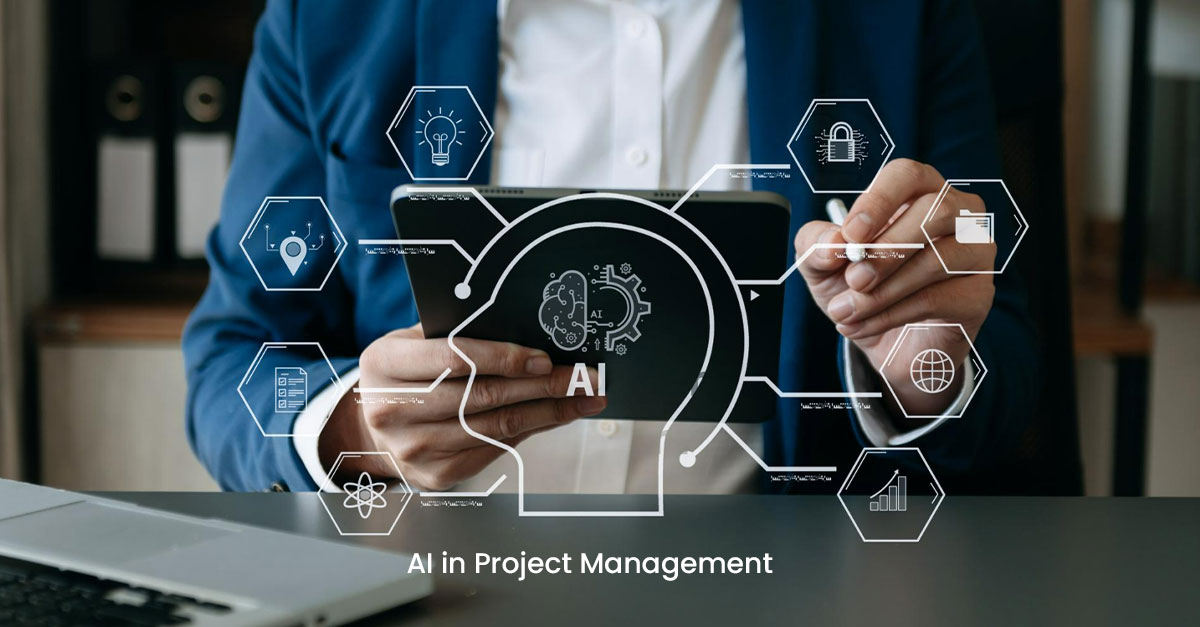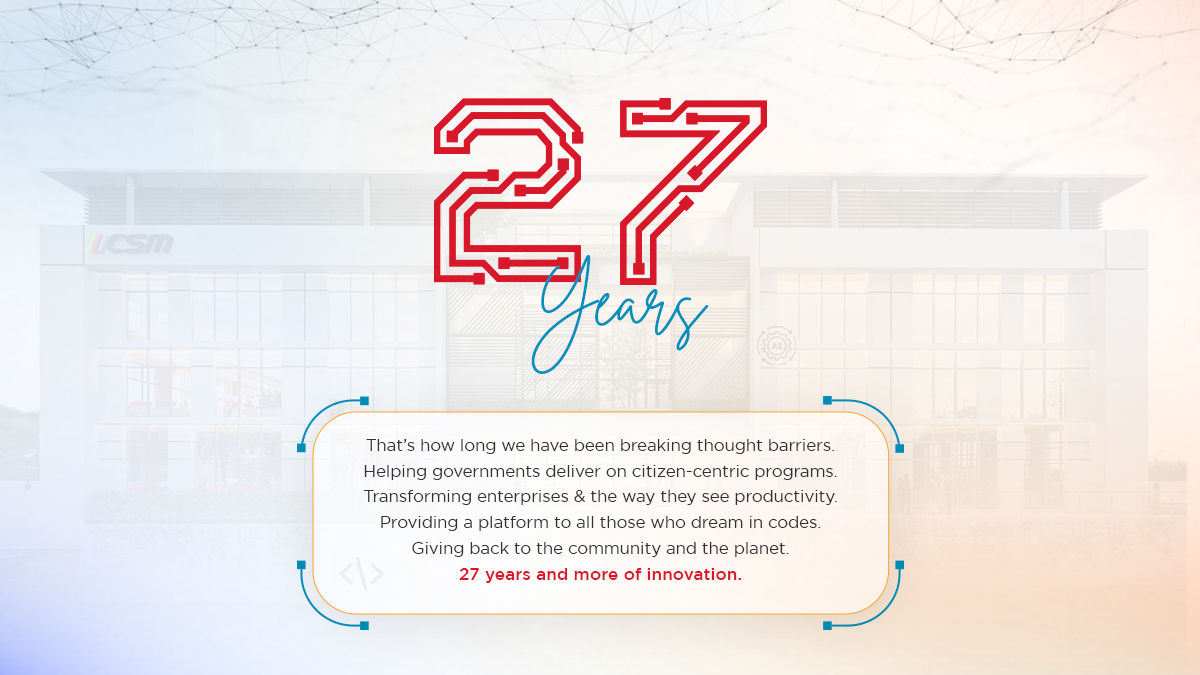Social protection encompasses a diverse array of programs aimed at building equity, opportunity, and resilience. These range from cash transfers for refugees to nationwide health insurance and youth training initiatives. Despite their variety, social protection programs share common goals: reducing poverty and inequality, fostering human capital investment, and insuring against risks like economic crises, natural disasters, or forced displacement. AI’s potential to enhance these programs lies in streamlining their delivery chains and improving decision-making processes, even though practical applications are still emerging.
.jpg)
Purpose and Scope of Social Protection
Social protection programs serve vulnerable groups such as the elderly, youth, the economically disadvantaged, unemployed, refugees, and disabled individuals. They also address systemic inequalities faced by marginalized communities. The interventions typically fall into three categories:
1. Social Assistance: Non-contributory benefits like cash transfers and social services.
2. Social Insurance: Contribution-based benefits like pensions and health insurance.
3. Labor Market Programs: Employment services and skills training.
These programs operate through delivery chains consisting of four stages: Assessment, Enrolment, Provision, and Monitoring & Management. Each stage offers opportunities for AI integration to enhance efficiency and effectiveness.
AI in the Social Protection Delivery Chain
1. Assessment
AI can assist in reaching intended beneficiaries by analyzing diverse data sources like social registries, national ID systems, and mobile phone records. Machine learning models can identify eligibility by predicting socioeconomic conditions, enhancing the accuracy of needs assessments. For instance, satellite imagery and geospatial data can map vulnerable areas, guiding targeted interventions.
2. Enrolment
AI streamlines the enrolment process by automating eligibility verification and benefit assignment. Natural Language Processing (NLP) can simplify communication with beneficiaries through chatbots and automated notifications, reducing manual errors and delays.
3. Provision
AI enhances benefit delivery by predicting demand for specific services and optimizing resource allocation. For example, digital payment platforms integrated with AI algorithms ensure timely cash transfers while detecting potential fraud. Adaptive algorithms can tailor labor market interventions and training programs to individual skills and local economic demands.
4. Monitoring & Management
AI-driven tools support grievance redressal by analyzing complaints and suggesting solutions. Machine learning models monitor compliance with program conditions and detect irregularities, ensuring accountability and service quality. Predictive analytics can also anticipate when beneficiaries might transition out of programs, enabling smoother exits.
Data Sources and Applications
.jpg)
AI thrives on diverse data inputs, and social protection programs increasingly rely on social registries and unconventional sources like satellite imagery, climate data, and mobile phone records. These datasets enable AI to deliver insights for adaptive social protection, which addresses challenges like climate-related disasters or market shocks. For instance, in Indonesia, GPS data and images of dwellings are used to assess living conditions, opening avenues for predictive analytics and geospatial modeling.
AI Interventions in CSM Tech's SPDP
CSM Tech’s Social Protection Delivery Platform (SPDP) leverages advanced AI technologies to enhance the efficiency and accuracy of social protection processes. These interventions enable seamless data integration, improving outreach, intake, registration, and eligibility determination for social programs. Key AI applications in SPDP include:
1. Transliteration Model
Converts text from one script to another while preserving the original phonetic sounds. This ensures accessibility and inclusivity across regions with diverse languages and writing systems.
2. Gender Identification Model
Analyzes individual names to predict or classify gender, aiding in demographic segmentation and personalized program delivery.
3. Image Recognition
Identifies and categorizes objects, scenes, or features within images, supporting tasks such as verifying beneficiary identities or assessing environmental conditions for disaster relief.
4. Document Classification and Verification
Automatically recognizes, classifies, and verifies documents based on their content and structure. This streamlines the validation process for eligibility and registration.
5. Speech Recognition
Converts spoken language into written text, enabling voice-based data entry and enhancing accessibility for individuals with literacy barriers.
6. Similar Case Identification
Matches and identifies cases with similar characteristics, enabling efficient resolution of grievances, duplication checks, and streamlined beneficiary management.
These AI-driven capabilities ensure that SPDP delivers timely, accurate, and inclusive services, supporting the vision of a robust social protection ecosystem.
Potential and Challenges
While AI holds immense potential to transform social protection, its application remains in its early stages. To unlock this potential, ethical concerns, data privacy, and the risk of exclusion due to algorithmic biases must be proactively addressed. The path forward requires more than the simple adoption of AI as a tool; it demands a comprehensive redesign of institutional frameworks, integrating legal, governance, ethical, and accountability dimensions to align AI applications with human-centric values.
A hybrid approach—where AI augments traditional systems rather than functioning autonomously—may offer the best balance between innovation and reliability. Such an approach minimizes risks, enhances trust, and ensures smoother adoption. Seamless integration of AI into existing systems is critical to making these systems more effective and inclusive without disrupting their core objectives.
AI’s ultimate role in social protection lies in enhancing access, improving targeting, enabling personalization, and boosting operational efficiency. As AI technology continues to evolve, it promises to make social protection systems more adaptive, equitable, and resilient. While the journey to full realization has just begun, the opportunities for transformative impact are vast and inspiring.


























































We will verify and publish your comment soon.